Animal and Dairy Science
-

This resource will help producers understand how to ensure they get high-quality milk from their goats. The core characteristics of high quality dairy goat milk are milk with low bacteria counts, milk with acceptable somatic cell count numbers, and milk with ideal flavor and appearance. Readers will learn about strategies for milk quality evaluation and improvement. Achieving high milk quality is not only essential for the health of the animal and optimal production; it is also critical for adhering to regulatory parameters and maintaining customer satisfaction.
Jillian Bohlen and Sophie Du Pont
|
-

When examining horses for conformation, either when considering a purchase or competing in horse judging contests, it is important to break things down into key principles to avoid becoming overwhelmed when putting the overall picture together. There are five main criteria to evaluate when examining a horse’s conformation: balance, structural correctness, way of going, muscling, and breed/sex character (also known as type). This publication describes each of these criteria in detail.
Kylee Jo Duberstein
|
-
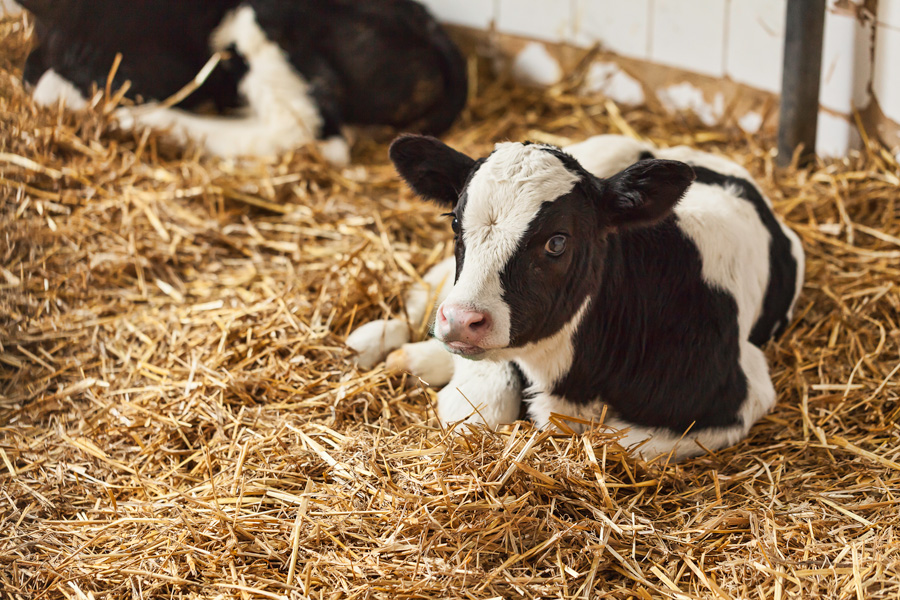
This guide to housing preweaned dairy calves is a resource for both farmers and youth participating in livestock projects. Housing can greatly impact the health and growth of dairy calves. Attention to factors that influence feed intake, comfort, and health are necessary for optimum growth and performance of calves, with long-term implication for their future productivity.
Jillian Bohlen and Sha Tao
|
-
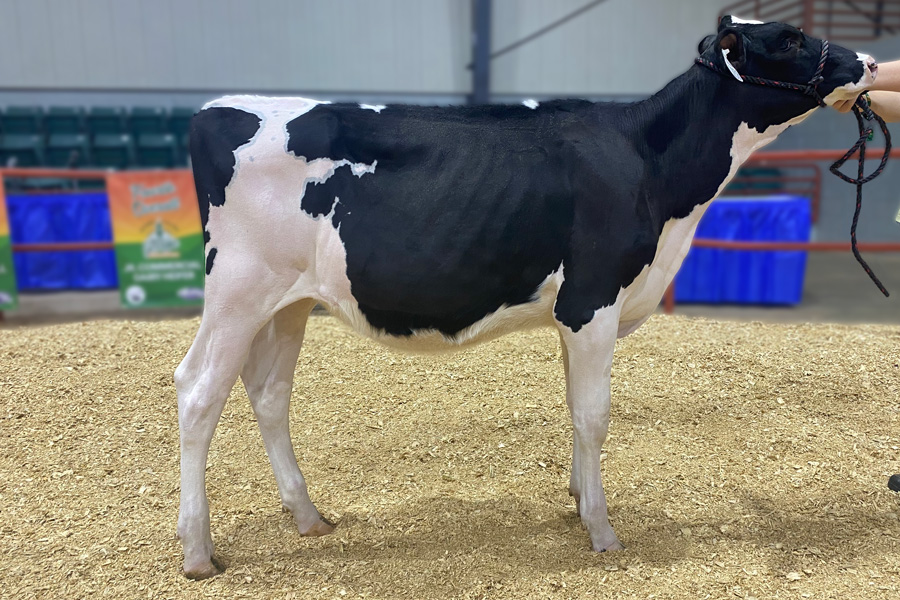
Selecting commercial dairy heifers and monitoring their growth can be difficult for many farmers and youth exhibitors. The way in which farmers are achieving production efficiency is highly variable from farm to farm, so this publication provides guidance on the conformation and growth parameters of commercial heifers found to be most ideal for future production efficiency.
Jillian Bohlen, Stephanie Butcher, and Lucy Ray
|
-
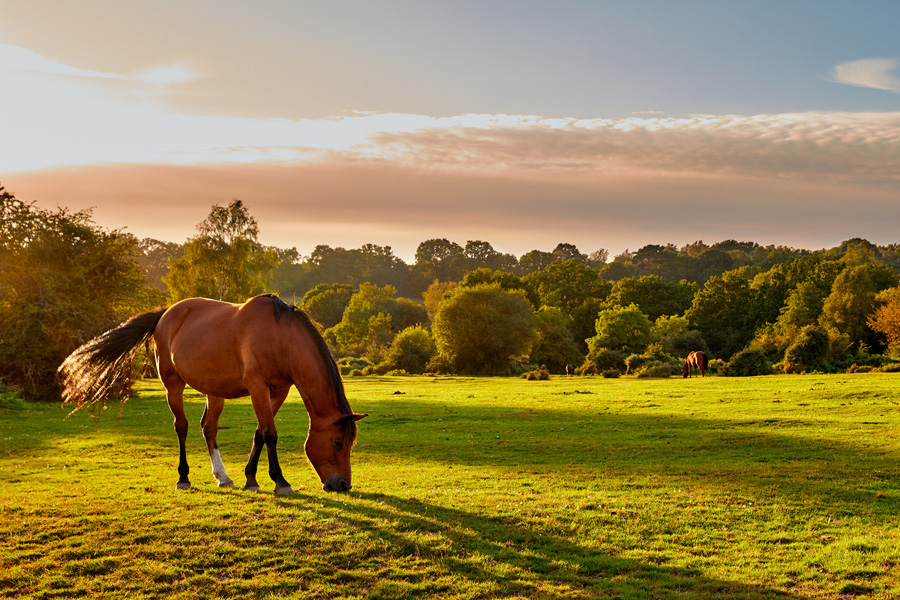
A handy reference for horse owners and land managers to help identify weeds that are toxic to horses, with pictures to aid identification, a brief description of the plants, and the specific toxicity symptoms associated with common weeds and trees that are poisonous to horses. It also gives tips on how to better manage pastures to prevent pasture-related plant toxicities. This publication is suitable for a general audience concerned with equine health and pasture safety.
Kylee Jo Duberstein
|
-
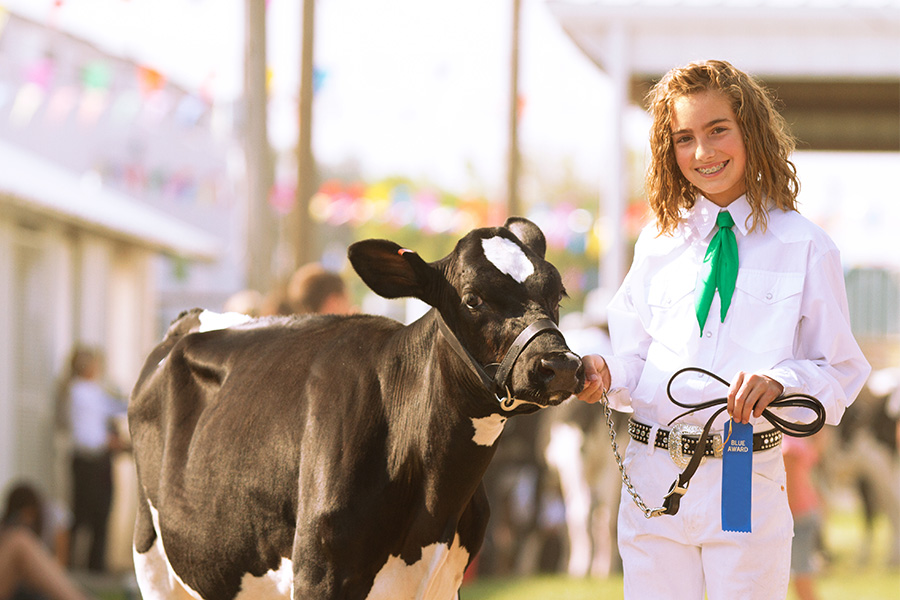
Every animal emerging from the pasture or barn needs time and attention to get her show-ring ready. The showman on the other end of the halter needs to be prepared as well. Faults in either fitting or showing could lead to a less successful show experience than one might have hoped for. This publication offers advice on fitting and showing dairy animals, including the updated PDCA scorecard, maximizing your animal’s potential, behavior and grooming preparation, and show time.
Jillian Bohlen and William Graves
|
-

AP 133-1
Hurricane Helene Impact Report
We estimate that Hurricane Helene’s damages to Georgia agriculture and forestry will cost the state economy at least $5.5 billion in 2024 present value. This figure represents the sum of direct crop losses, losses to firms that support agriculture and forestry, losses to workers in those and related industries, and the recovery and restoration costs that firms in these industries will face. The Georgia Forestry Commission is a collaborator with UGA on this publication.
Timothy Coolong, J.Michael Moore, Jake Price, Lenny Wells, Casey W. Ritz, Wade B. Parker, Jillian Bohlen, Lawton Stewart, Greg Colson, Walter Scott Monfort, Todd Applegate, Mary Sutton, Michael Adjemian, Camp Hand, Ted McAvoy, Zilfina Rubio Ames, and Ping Yu
|
-
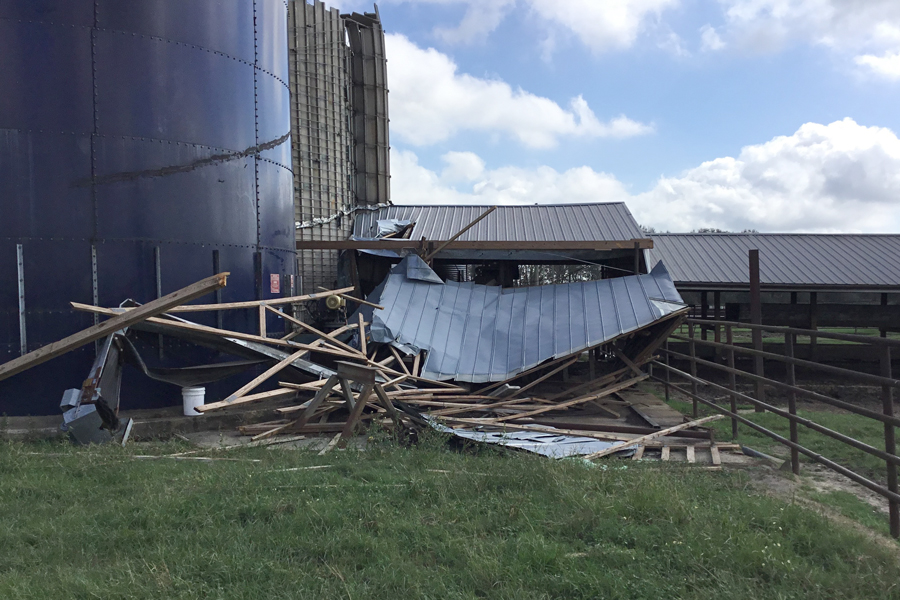
As a result of significant weather events, many producers in Georgia may experience losses of pasture growth, hay stocks, feed supplies, and livestock. After such events occur, farmers will be assessing damage to fields, stock, and property for many days, weeks, months. This publication is intended to provide recommendations to farmers that have experienced adverse affects due to significant weather in their forage and livestock production systems.
Jennifer J. Tucker, Dennis Hancock, and Lawton Stewart
|
-

Many retained ownership programs offer producers the opportunity to receive a level of data from the feed-yard and packing plant that is rarely available after those animals leave the farm. Producers can use this information to make genetic changes in their herd to better the marketability of their calves. However, before this information can be utilized, producers must understand what these terms mean. The terminology might be slightly different on various reports, but the common ones used for herd improvements are discussed below.
Carole Knight
|